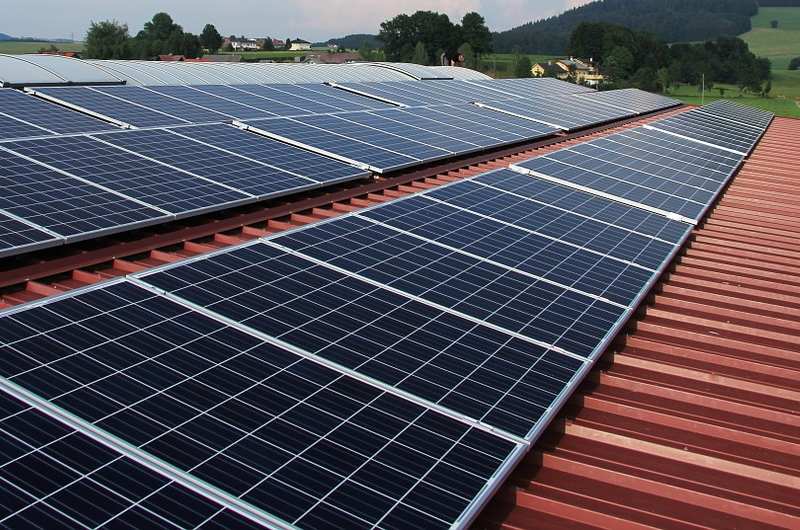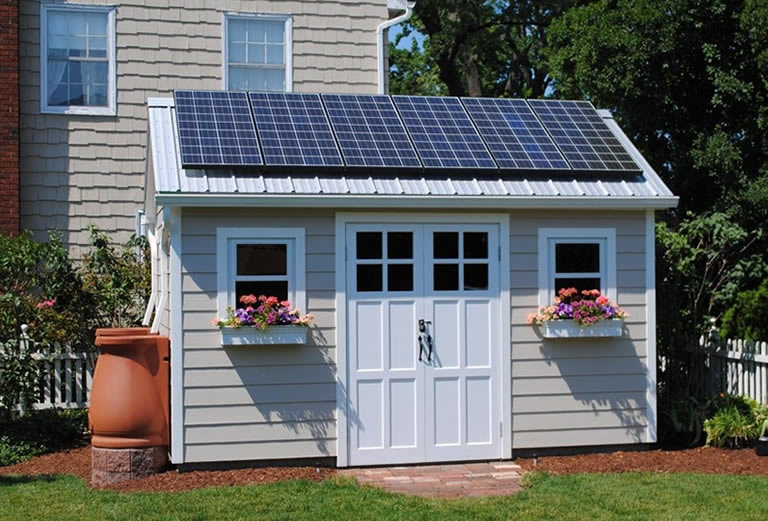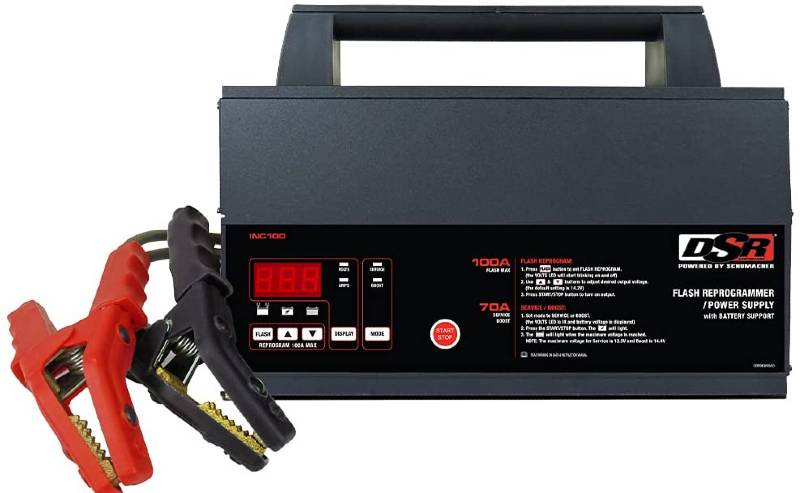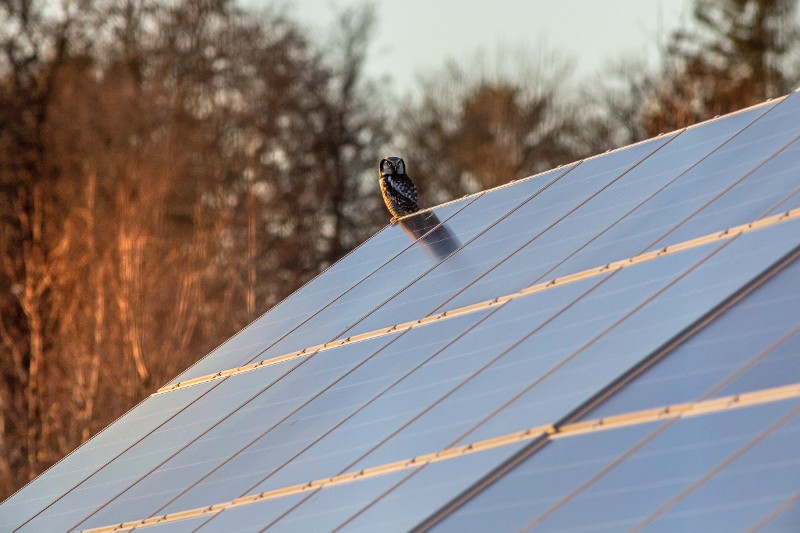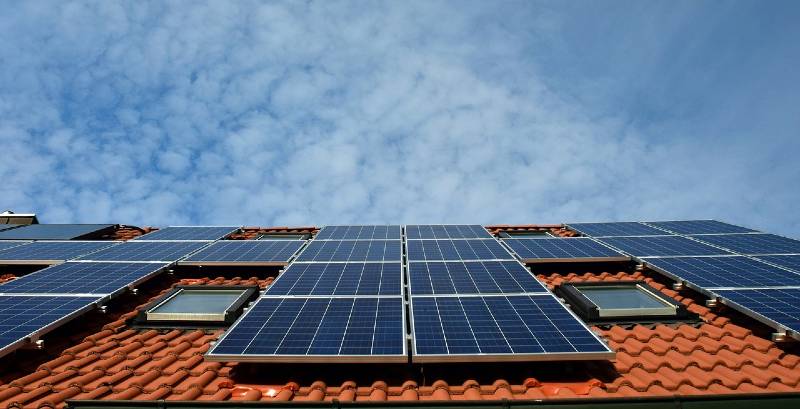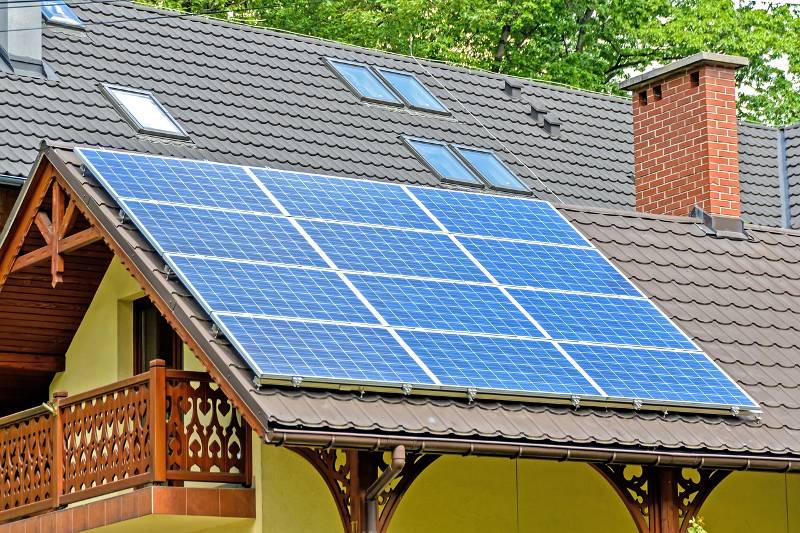In today’s world, where the push towards sustainable living is stronger than ever, homeowners are looking to solar power as a means to operate their daily gadgets.
But when it comes to computing, a question arises: How many solar panels are required to run a computer efficiently?
A typical 500W computer would need roughly two 300-watt solar panels to meet the energy demands.
However, factors such as geographic location, daily usage, and panel efficiency can influence the actual number needed.
In this article, I’ll walk you step by step through calculating the exact number of solar panels you’ll need.
Key Takeaways
- To calculate the number of solar panels needed to run a computer, first determine the computer’s average power consumption.
- Assess your location’s peak sun hours to estimate how much energy solar panels can produce.
- Determine the theoretical size of your solar system by dividing your monthly energy needs by the product of daily peak sun hours and days in the month.
- Adjust the calculated system size by factoring in potential losses due to inefficiencies and environmental factors.
- Calculate the actual number of solar panels by dividing the adjusted system size by the wattage of one panel.
How to Calculate the Number of Solar Panels I Need to Run a Computer?
1. Calculate Your Computer Energy Consumption
Before we dive into figuring out how many solar panels you’ll need, let’s first chat about how much energy your computer uses.
First off, take a look at your computer’s power supply unit (PSU), where you might see something like 500 watts.
But here’s the thing: your computer doesn’t always use the full 500 watts—it’s more like it only takes a bite out of it, around 65% on an average day.
So, we can calculate the average power consumption like this:
Average Power Consumption = PSU Capacity × Usage Percentage = 500 watts × 0.65 = 325 watts
Now, with the average power consumption figured out, we can determine how much energy your computer uses over a day.
If you’re using your computer for 5 hours a day, the daily energy usage would be:
Daily Energy Usage = Average Power Consumption × Hours Used Per Day = 325 watts × 5 hours = 1625 watt-hours
Converted to kilowatt-hours (kWh), which is the standard unit of energy, your computer’s daily energy usage is:
1.625 kWh (since 1 kilowatt = 1000 watts)
To get a monthly overview, you’d simply multiply the daily usage by the number of days in the month.
For instance, over a 30-day month, your computer would use:
1.625 kWh/day × 30 days = 48.75 kWh/month
Of course, this is just a starting point.
The monthly figure of 48.75 kWh gives you a clear picture of your computer’s energy needs.
2. Find out Your Peak Sun Hours
The amount of energy solar panels produce is all about how much sunlight they get and how intense that sunlight is.
But here’s the thing – the sun’s intensity isn’t constant; it changes throughout the day and depends a lot on the weather.
For example, the power of solar radiation, or solar irradiance, can vary, maybe hitting 300W/m² at one moment and then jumping up to 1,000W/m² at another.
This variation could make calculating how much energy your solar panels will produce a bit of a headache.
But don’t worry, that’s where “peak sun hours” come to the rescue, simplifying the whole process.
Peak sun hours aren’t just any hours of sunlight; they’re the hours when solar irradiance averages out to 1,000 watts per square meter.
Think of it like this: if you have two hours of 500W/m², that adds up to one peak sun hour.
To figure out the peak sun hours for where you live, you can use tools like the NREL calculator.
I’m going to go with Los Angeles, California, as an example, which enjoys about 6.04 peak sun hours on average.
3. Calculate Your Theoretical Solar System Size
Now that we know how much energy your computer needs and how many peak sun hours you have, we can figure out what size solar system you’d need.
To find out how much energy you could generate in a month, you can use this formula:
Monthly Solar Energy Generation = Peak Sun Hours x Days in Month x Panel Output
But we need to flip this formula to figure out how many kilowatts your solar system should be to meet your computer’s needs.
Here’s how you can think about it:
Required System Size (kW) = Monthly Energy Needs (kWh) / (Peak Sun Hours per Day x Days in Month)
So, plugging in the numbers:
Required System Size = 48.75 kWh / (6.04 x 30) = 0.27 kW
But remember, this is an ideal scenario.
In real life, solar panels aren’t 100% efficient, and there are other factors like shading, panel orientation, and weather conditions that can affect the actual output.
So, we’d likely need a slightly larger system to be on the safe side.
4. Factor in Solar System Losses
You know, solar panels are a bit like us – they have their ups and downs.
On a bright, sunny day, they’re all charged up, working at their peak, much like how we feel when we’re at our best.
But then there are those other days – maybe it’s cloudy, or a tree throws some shade their way, and just like that, they’re not performing as well as they usually do.
So, when we crunched those numbers and figured you’d need a system around 0.27 kW to power your computer, we were looking at the solar panels on their best day.
But we want to make sure your computer stays powered up even when the sun plays hide and seek, right?
That’s why we factor in some “just in case” space – it’s like packing an umbrella when there’s only a slight chance of rain.
To make sure you’ve got enough juice for your computer every day, we’ll add a 14% cushion to our system size:
Adjusted System Size (kW) = System Size (kW) × 1.14
For your setup, that would be:
Adjusted System Size (kW) = 0.27 kW × 1.14 = 0.31 kW
This way, you’re adding a bit of a safety net to ensure your computer has the power it needs, even on days when your solar panels aren’t basking in unobstructed sunlight.
5. Calculate the Number of Solar Panels
Solar panels come in various sizes and power capacities, typically ranging from 250 watts to 400 watts per panel.
Let’s say you’re eyeing panels that each provide 300 watts.
To find out how many of these panels you need, you divide the total system size by the wattage of one panel:
Number of Panels = Adjusted System Size (kW) / Panel Wattage (kW) = 0.31 kW/ 0.3 kW = 1.03
Since you can’t install a fraction of a panel, you’ll round up to the nearest whole number.
So, you’d need 2 panels of 300 watts to ensure your computer has enough power, giving you that extra buffer to account for safety.
FAQs
How Many Solar Panels Does It Take to Run a PC?
It takes approximately two 300W solar panels to run a PC, depending on the PC’s power consumption and the solar panels’ efficiency.
Can You Run a PC on Solar Power?
You can run a PC on solar power, provided there is a sufficient number of panels and a system to store and convert the energy.
Can a 100 Watt Solar Panel Run a Computer?
A 100-watt solar panel can run a computer if the PC’s power consumption is within the panel’s output capacity, usually suitable for low-power or energy-efficient computers.
How Much Solar Power Do I Need to Run a Laptop?
To run a laptop, typically requiring 30-100 watts, a single solar panel ranging from 50 to 100 watts can be sufficient, depending on the laptop’s energy needs and the panel’s efficiency.
Conclusion
As promised, we’ve covered how to determine the number of solar panels needed to run a computer efficiently, considering factors like your computer’s wattage, local peak sun hours, and panel efficiency.
However, here’s a thing: while numbers and calculations are crucial, don’t overlook the human element.
Engage with local solar energy experts or communities who have embarked on similar journeys.
Their real-world insights and experiences can offer invaluable, practical advice that complements the theoretical knowledge.

